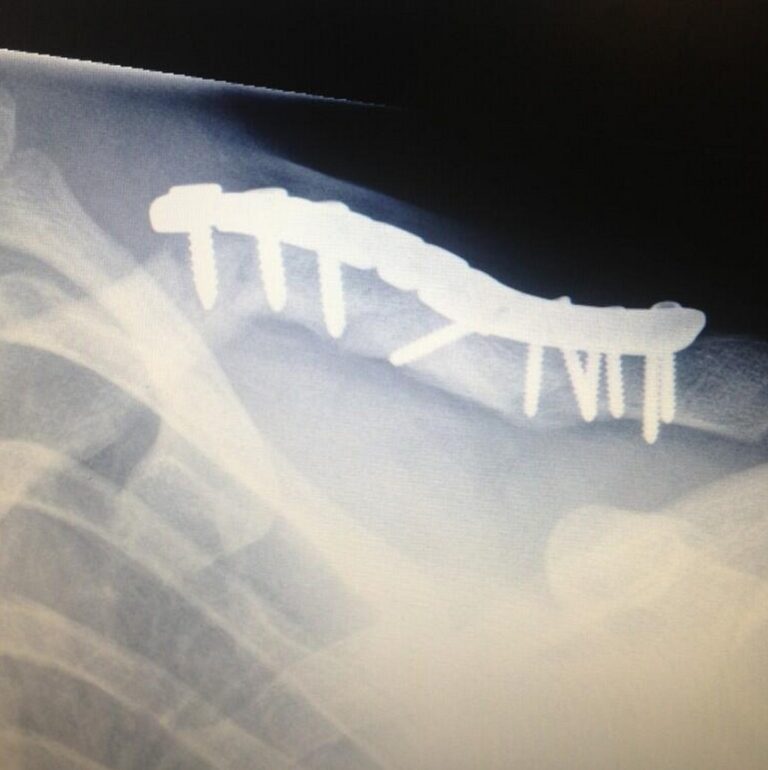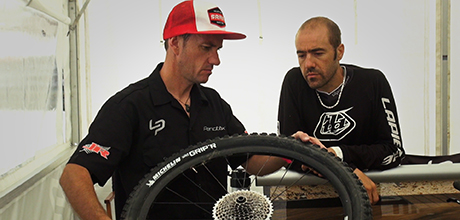 Clay: People seemed stoked on both the projects. We got a lot of people that were genuinely pumped. Both of those videos dropped on the same day and my phone kept buzzing from people saying how psyched they were. Definitely a good feeling. Motocross is a lot easier to shoot, that’s mainly how they differ. It’s a way faster process. It is easier to shoot purely from a logistics reason. Most everything crosses over from moto to mountain bikes to moto pretty seamlessly.
Clay: People seemed stoked on both the projects. We got a lot of people that were genuinely pumped. Both of those videos dropped on the same day and my phone kept buzzing from people saying how psyched they were. Definitely a good feeling. Motocross is a lot easier to shoot, that’s mainly how they differ. It’s a way faster process. It is easier to shoot purely from a logistics reason. Most everything crosses over from moto to mountain bikes to moto pretty seamlessly.
Cam: One of the most challenging aspects of working with top level athletes is finding time within their schedule that matches ours. Athletes are focused and busy and we are booked a lot. Then the first thing to figure out is getting estimates approved, location logistics, permitting, equipment. If I had to put a guess on the amount of hours that go into that I’d say, pre–production 50 hours, shooting 250 hours, and post 200 hours… estimate total of 500 hours. Obviously that’s a lot of time for a three minute web edit. We went to the location a few weeks early and mapped out our general game plan. Once on site, we have enough group experience to just go through our process.
What would you say is the most difficult of the process when making putting an edit together?Clay: The post–production. You can have all the best shots in the world, but if you don’t know how to piece them together and time them correctly, they won’t have much of an impact. It is really where the film comes alive.
No creative process is without creative differences.Cam: This does come into play at times. We all have a vision, which we spend a fair amount of time honing together, but sometimes I may think a shot looks better one way and someone feels its better another. Most of the time we can get a few takes but at the end of the day, we are all pretty good about not getting hung up on petty personal wants. Some of us are more experienced with certain aspects and we all respect that. Clay is the best action cinematographer that I have known so he usually wins if an angle is questioned. I have substantially more experience when it comes to portraiture and light. We appreciate each other’s strong points and use them to our advantage. However, sometimes in the heat of the moment, it can get tense but we do a good job of being reasonable and respecting each other’s opinions.
The director calls the shots in most situations and it appears that Clay holds this position most of the time. What it’s like working with Clay and the levels of trust you need in each other to get a job done? Cam: Porter was my first and only call when I knew I wanted to be in the moving image market. When he is calling a shot, I know it’s going to be good and in line with what he has been envisioning. He knows where he’s going next and what he’s doing there. It puts John and I in a cool spot to be able to think freely for unique angle ideas during production to throw in the mix. John: My favourite aspect of working with Clay as a director is his level of dedication on a project. He goes into every project 100% focused on getting the job done and will spare nothing to make it happen. He always has such a clear vision in his head that it can often make shoots easy. He never second guesses. Everyone sees your finished photographs and films and they appear slick, polished and big budget. Tell us the reality.
Everyone sees your finished photographs and films and they appear slick, polished and big budget. Tell us the reality.
Cam: They are slick, polished and big budget. With that comes blood, sweat and commitment. We are cool with having our lives revolve around bettering our crafts. We are obsessed and will do whatever it takes. If you don’t feel that way and aren’t willing to claw through the mud, you can’t be on our crew. It comes with a cost of our personal lives and needs yet we continue doing whatever it takes. People look in from the outside and think the camera does the work or we just push buttons on tools. If it was that easy, everyone would do it. We push the limits of ourselves mentally and physically on every shoot we sign up for. How big we go is up to us and what paths we choose and navigate. I don’t want to be just one of the best in action sports, I want to be one of the best in the world.
Clay: If you tell someone you make mountain bike films, the reaction generally is “that is so cool” or “you’re so lucky”. Yes the job is cool but there is no luck involved. I am at where I am right now because I have worked my ass off solid for years. The lifestyle can be pretty un–glamorous at times. Our work appears slick and polished because we put everything into it. We’re obsessed at times and we’re perfectionists. If you want to create amazing work, you have you love it and you have to breathe it.
John: I think Clay said it best the other day, “It’s blood, sweat, tears, and caffeine”. Gone are the days of heading up to the trails with a handy cam and some friends. Now it’s RC heli’s crashing into hillsides with Red Epics attached to the front and carrying 100lb weights miles into the mountains to get that one shot. We put a lot of pressure on ourselves and with that comes stress. It’s the first thing you think about when you wake up and the last thing you think about going to bed. It completely consumes your life and everything else gets put on hold. It’s also what we love and I wouldn’t trade all that stress for anything else.




